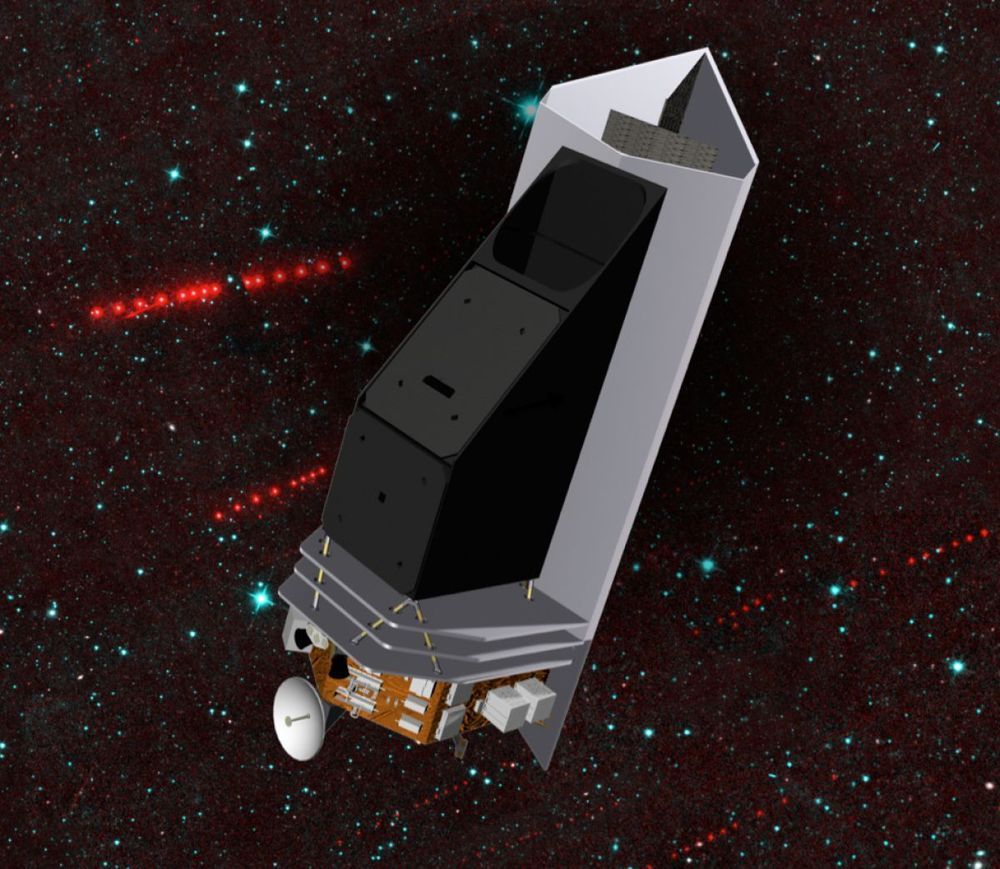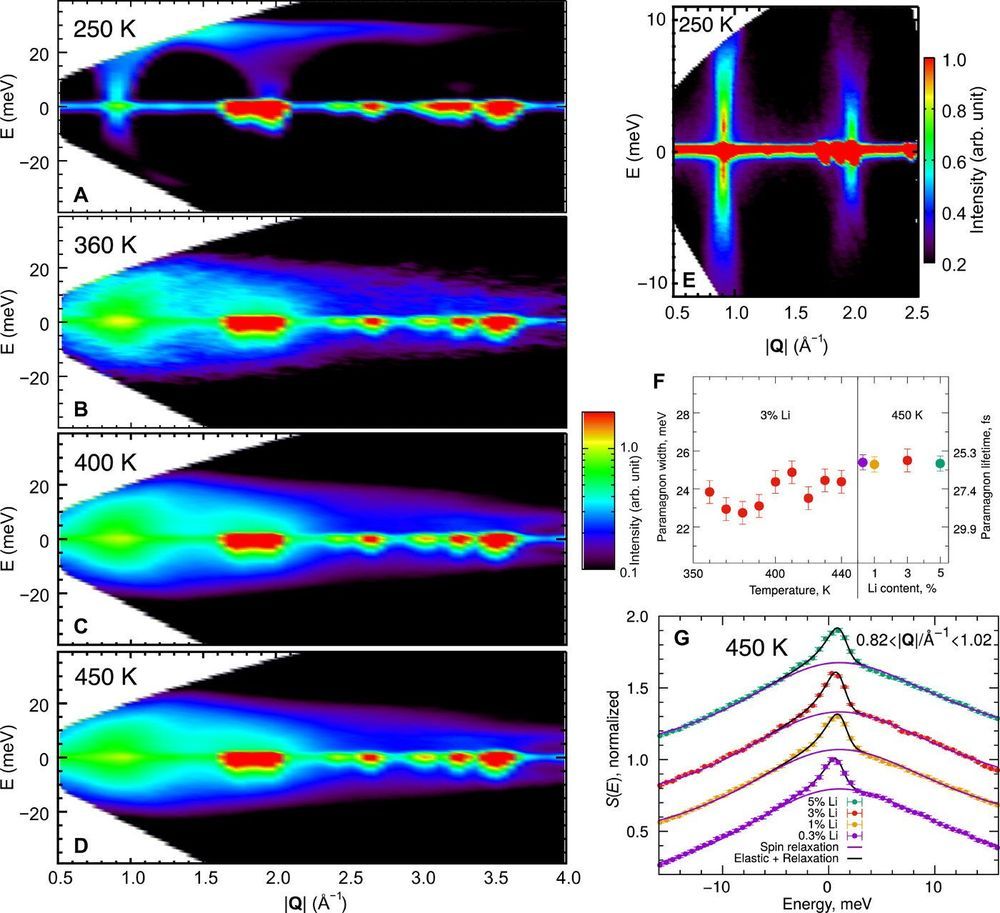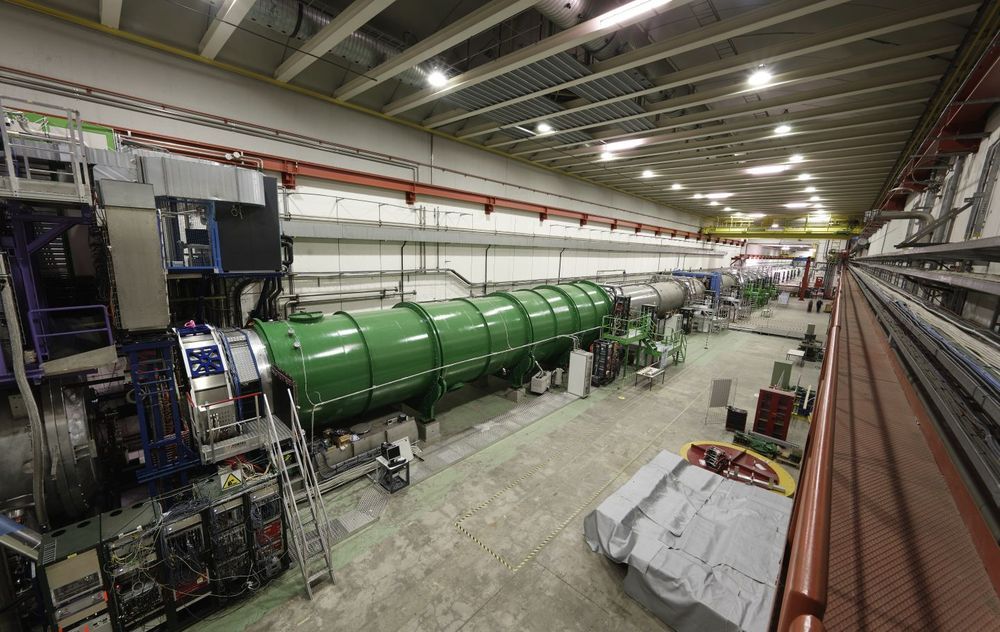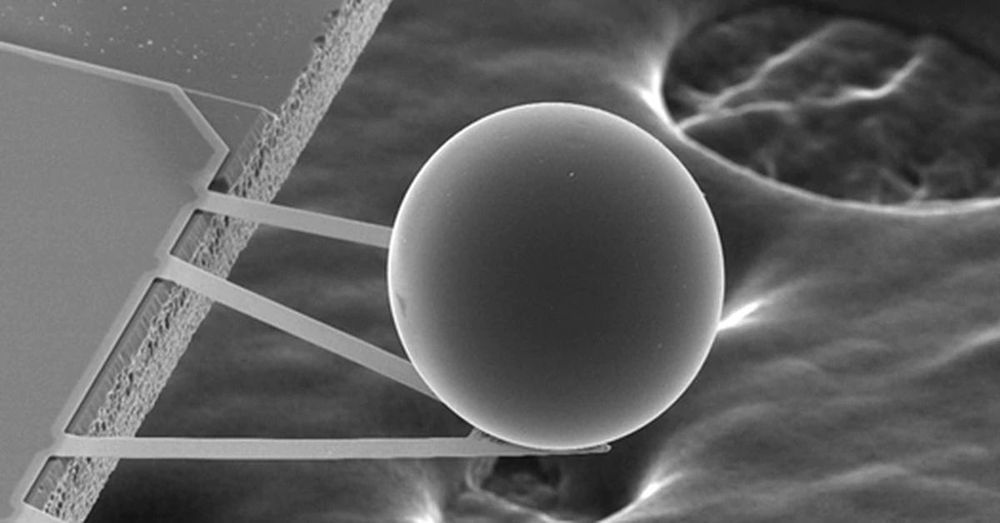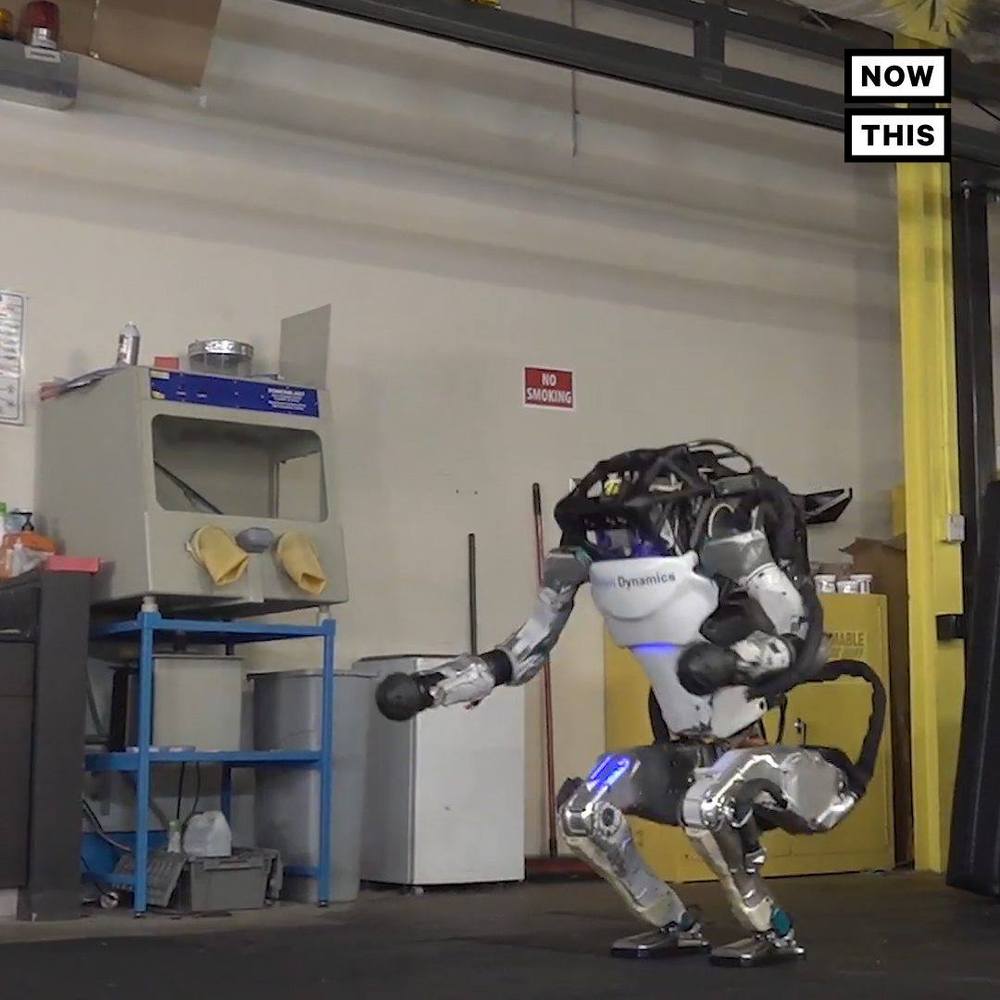NASA is pursuing a new space telescope tailored to spotting potentially hazardous asteroids.
An international team of scientists has figured out how to capture heat and turn it into electricity.
The discovery, published last week in the journal Science Advances, could create more efficient energy generation from heat in things like car exhaust, interplanetary space probes and industrial processes.
“Because of this discovery, we should be able to make more electrical energy out of heat than we do today,” said study co-author Joseph Heremans, professor of mechanical and aerospace engineering and Ohio Eminent Scholar in Nanotechnology at The Ohio State University. “It’s something that, until now, nobody thought was possible.”
Are there new, unknown particles that can explain dark matter and other mysteries of the universe? To try to answer this question, particle physicists typically sift through the myriad of particles that are produced in particle collisions. But they also have an indirect but powerful way of looking for new particles, which is to measure processes that are both rare and precisely predicted by the Standard Model of particle physics. A slight discrepancy between the Standard Model prediction and a high-precision measurement would be a sign of new particles or phenomena never before observed.
One such process is the transformation, or “decay”, of a positively charged variant of a particle known as kaon into a positively charged pion and a neutrino–antineutrino pair. In a seminar that took place today at CERN, the NA62 collaboration reported two potential instances of this ultra-rare kaon decay. The result, first presented at the International Conference on Kaon Physics, shows the experiment’s potential to make a precise test of the Standard Model.
The Standard Model predicts that the odds of a positively charged kaon decaying into a positively charged pion and a neutrino–antineutrino pair (K+ → π+ ν ν) are only about one in ten billion, with an uncertainty of less than ten percent. Finding a deviation, even if small, from this prediction would indicate new physics beyond the Standard Model.
Boston Dynamics is announcing this morning that Spot, its versatile quadruped robot, is now for sale. The machine’s animal-like behavior regularly electrifies crowds at tech conferences, and like other Boston Dynamics’ robots, Spot is a YouTube sensation whose videos amass millions of views.
Now anyone interested in buying a Spot—or a pack of them—can go to the company’s website and submit an order form. But don’t pull out your credit card just yet. Spot may cost as much as a luxury car, and it is not really available to consumers. The initial sale, described as an “early adopter program,” is targeting businesses. Boston Dynamics wants to find customers in select industries and help them deploy Spots in real-world scenarios.
A paint so impractical (and cool) — think matte black squared — you know some idiot will have to try it on a street car, even though it doesn’t like being left outside, or washed. This nanotube coating reflects just 0.036 percent of light.
World’s First Real Hoverboard
Posted in futurism, transportation
Get your self-lacing Nikes ready, because its time to shred up the streets on your very own real hover board! After decades of waiting, the hoverboards seen in Back To The Future will now be available for your personal enjoyment. This is heavy, Doc.
$10,000.
An Israeli scientist has proposed a way to build a quantum propulsion machine by pushing on the electromagnetic fields within a quantum vacuum, generating a force that, theoretically, could be harnessed. Sounds simple enough, right? But leaving the complex jargon of quantum mechanics aside, the implications are pretty amazing.
This Robot Can Do Gymnastics
Posted in robotics/AI
The tool instrumental to the exploits of Michael J. Fox’s time-traveling Marty McFly would have ended on more than one occasion if not for the help of the futuristic skateboard.
#backtothefuture
#ripleys
#believeitornot
FOLLOW US!
http://www.ripleys.com
https://www.facebook.com/RipleysBelieveItorNot
Tweets by Ripleys
https://www.instagram.com/ripleysbelieveitornot
https://plus.google.com/+Ripleys/
Snapchat — RipleysBION
